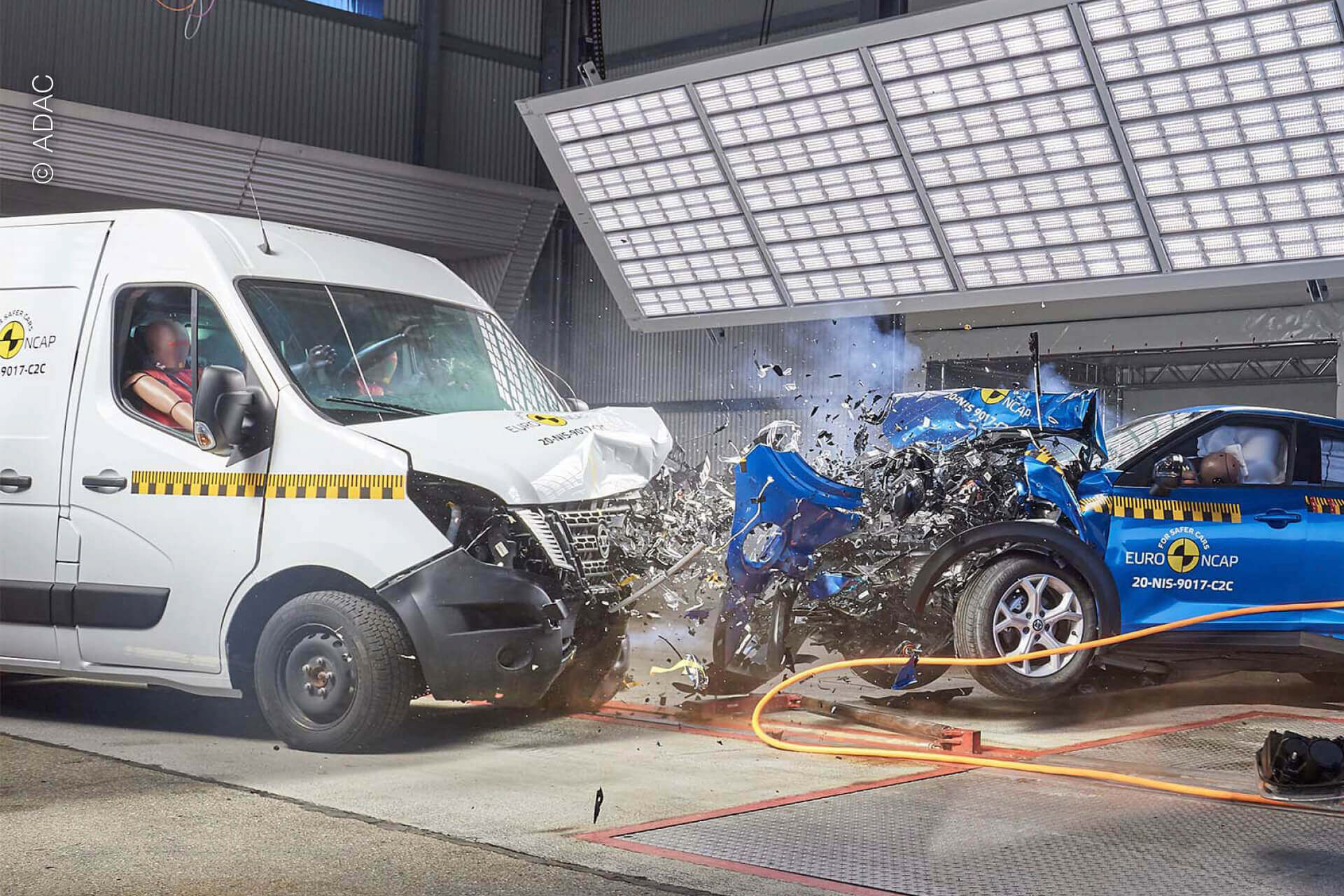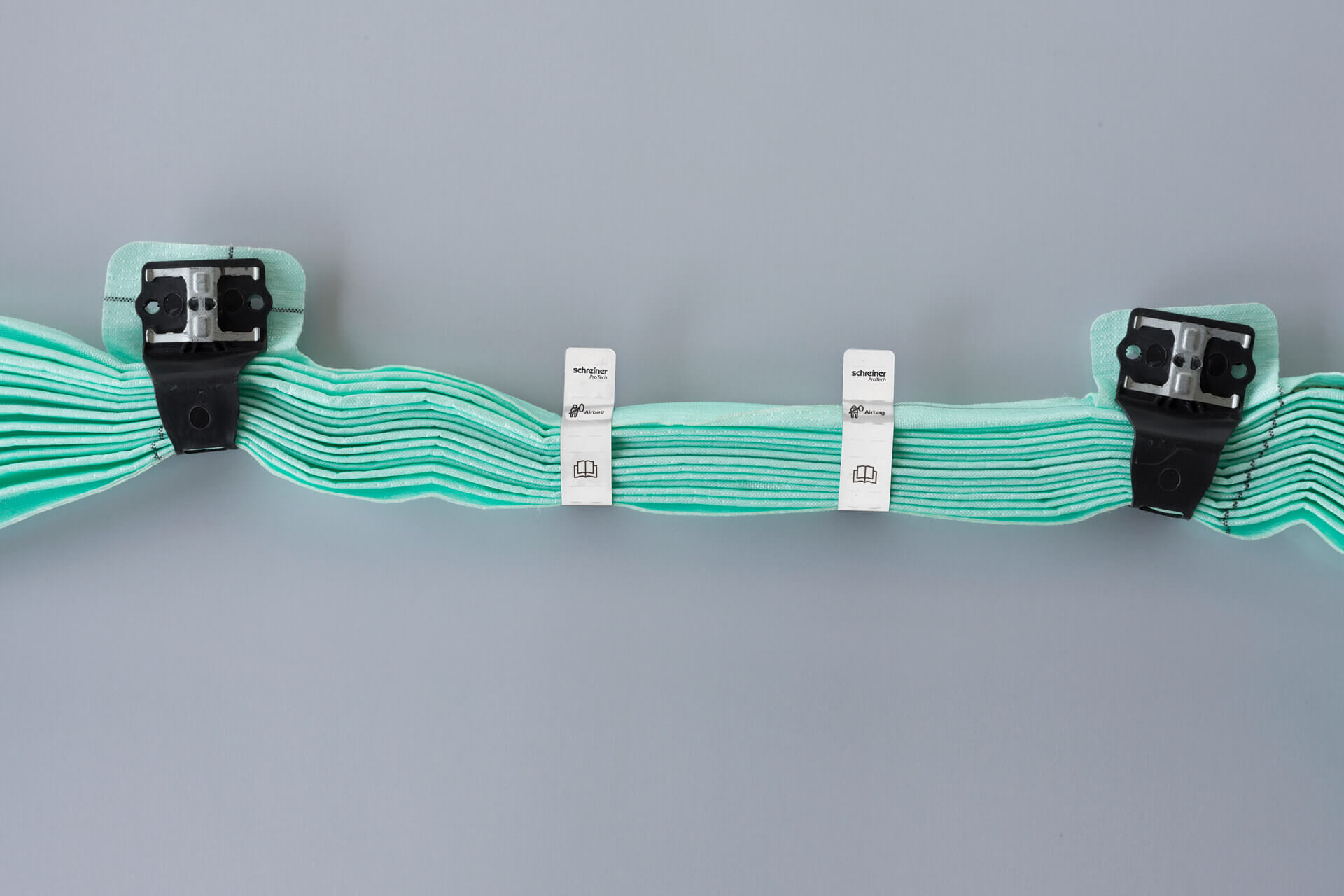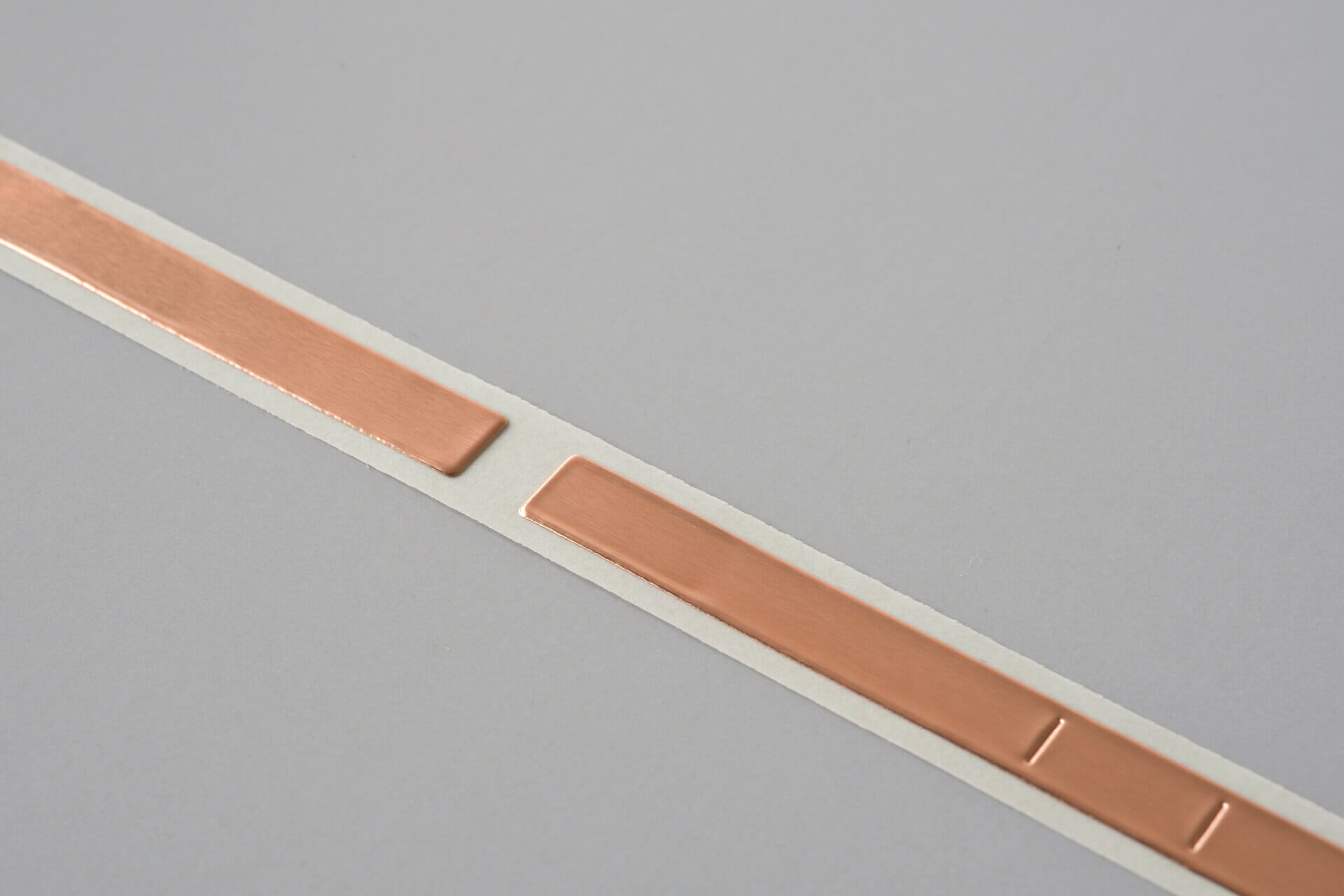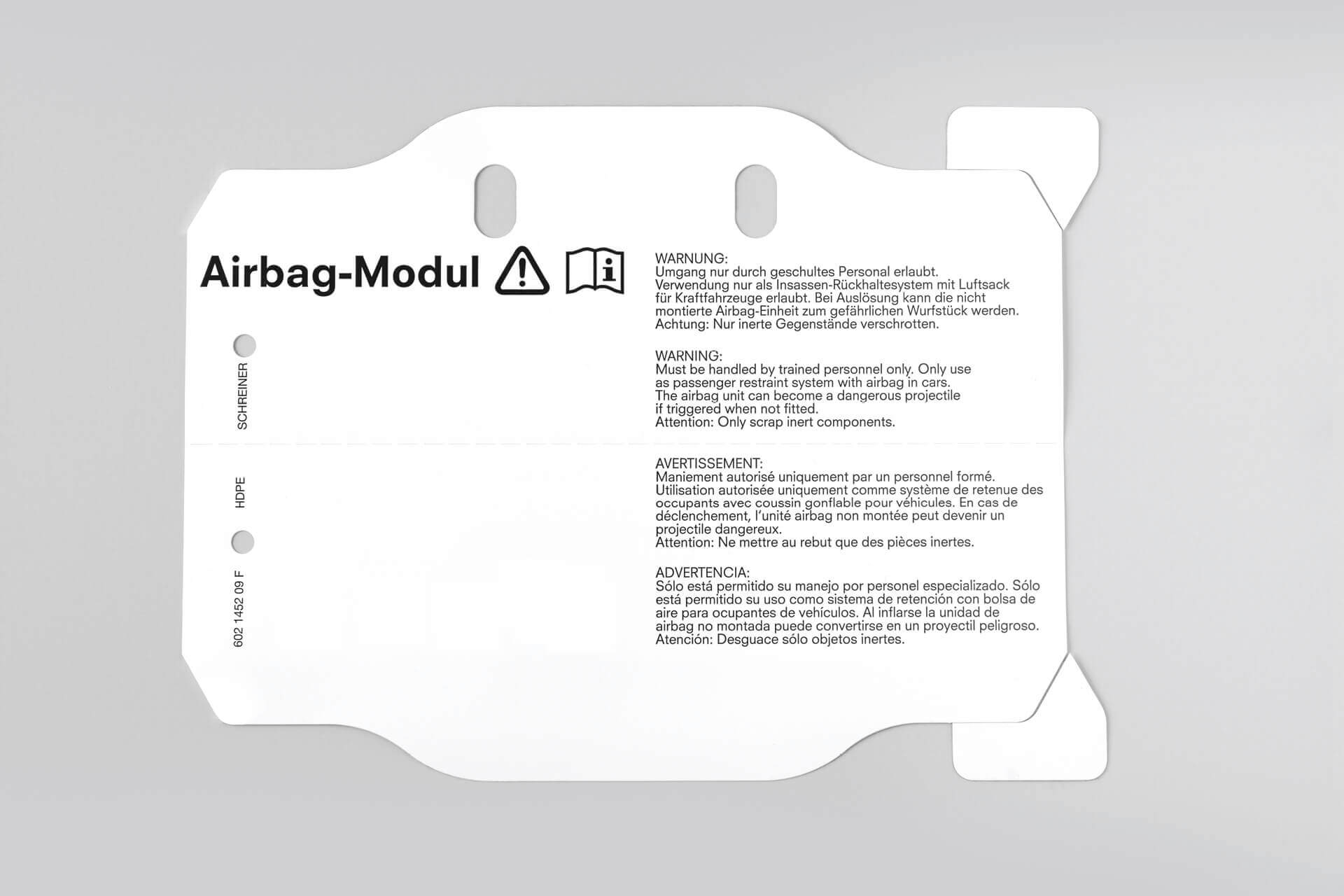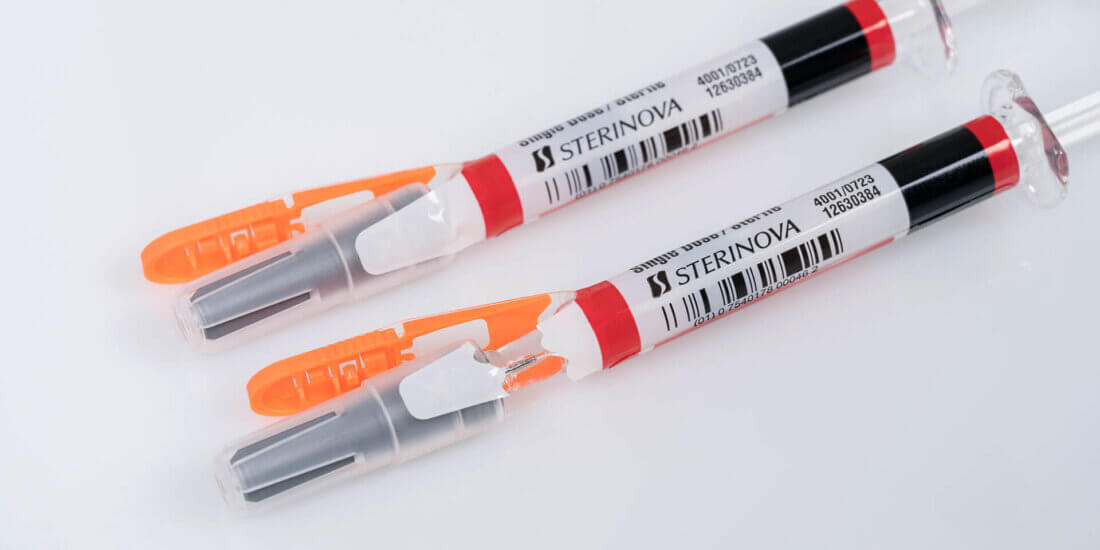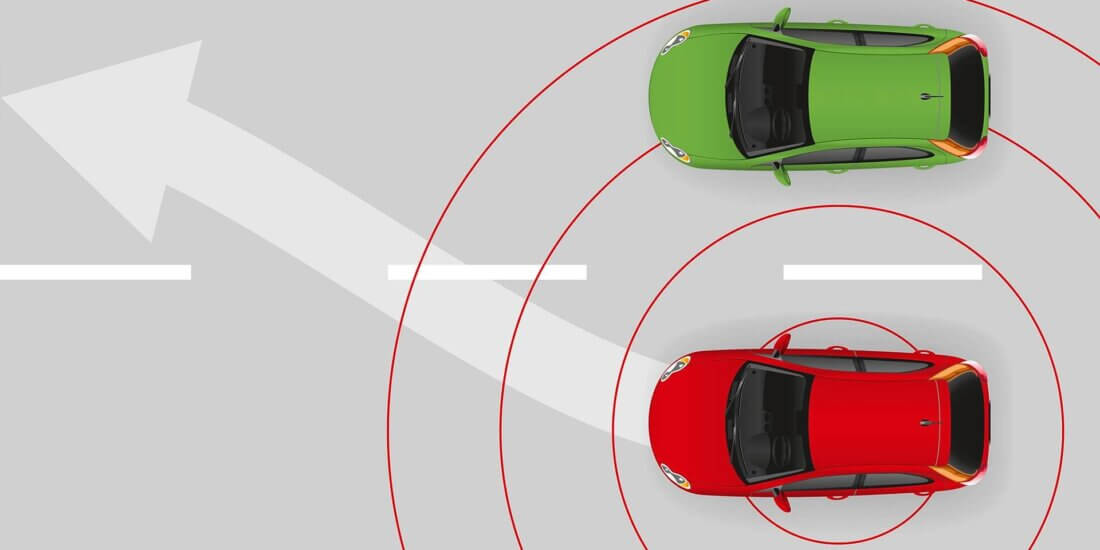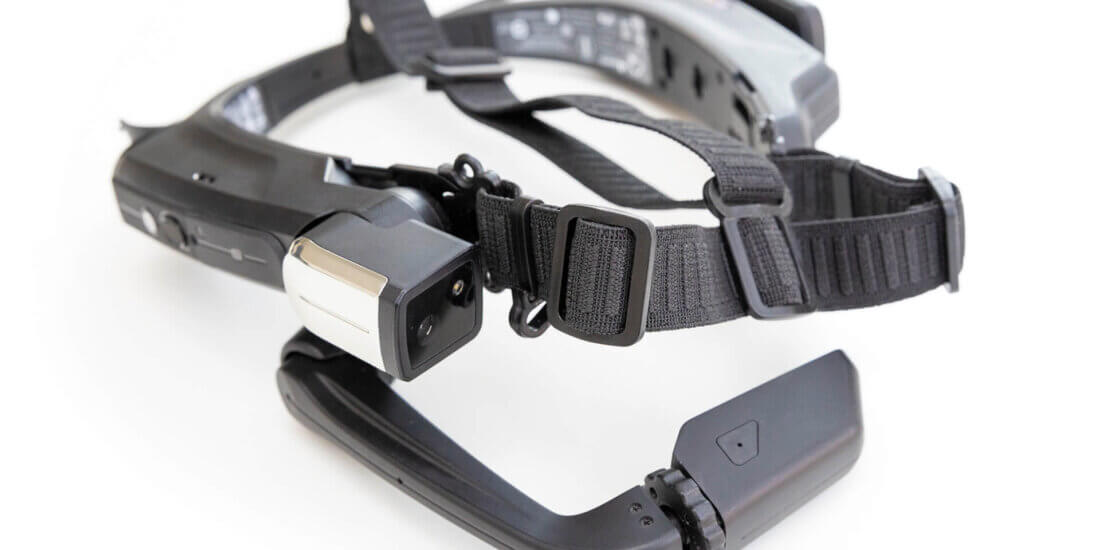Crash, Boom–Safe! Technology that Saves Lives
SCHREINER PROTECH
Crash, Boom–Safe!
Technology that Saves Lives
We’re happy that they exist but, honestly, hoping we’ll never need them. We’re talking about airbags. Together with other sophisticated safety systems airbags enhance in-vehicle safety. Volker Sandner, Head of the ADAC Test Center Landsberg, knows how the subject of occupant protection has evolved and in which direction it’s heading.
Volker, no automobile is on the road without one and it has been patented now for over 70 years. Why are airbags, alongside seat belts, still deemed to be one the most important in-vehicle safety devices?
The seat belt of course is THE central restraint system in the event of a head-on collision but the airbag ultimately ensures that the head and torso won’t crash against the steering wheel. It supports the head and, as a result, relieves the load acting on the nape. In addition, it enlarges the survival space because it pushes the driver away from the steering wheel to some extent. Knee airbags absorb the load acting on the legs and prevent us from slipping out under the seat belt. In case of a side impact, the airbag becomes even more important because the belt offers only minimal protection there. Head and side airbags position themselves between the occupants and the vehicle’s side and distribute the forces to dampen the impact. There are even center airbags deploying between the driver and front seat passenger so that they won’t injure each other.
Now, as head of vehicle safety at ADAC, you’re close to the subject. How has airbag technology continued to evolve in recent years and what innovations have occurred in that area?
In the 1980s the driver’s front airbag was still optional equipment in luxury cars. Today, it’s standard, even in mid-range cars, and in recent years, airbags have become better and better: they’re no longer deployed as aggressively as they used to and have tethers so that they won’t hit the driver in the face. Today, there are various airbags such as side, knee, or window airbags that can even protect occupants in the event of a rollover. The latest developments are headed in the direction of individually adapting airbags to the occupant. Via sensors the system knows if someone is tall, short, heavy, or light, and adjusts the hardness of the airbag accordingly.
Addressing the technical aspects: what role does the combination of airbags with other occupant protection systems like seat belts and advanced driver assistance systems (ADAS) play in terms of optimal protection?
Obviously, it would be ideal if accidents didn’t happen in the first place. ADAS can make quite a bit of a difference here by avoiding collisions or at least reducing speed. However, if a crash does occur seat belts and airbags are indispensable for protecting occupants. The combination of active safety due to ADAS and passive safety by means of airbags and belts provides the best protection. Some systems can take actions even before an impact such as putting the driver into the optimal seating position.
The combination of active and passive safety provides optimal protection.
How is the reliability of airbags ensured across a vehicle’s lifetime?
During the development stage airbag manufacturers pay attention to the longevity of the systems even in extreme temperatures. Airbags used to have an expiration date. That’s no longer the case today. Tests have shown that airbags deliver perfect performance even after more than ten years. The filling may slightly decrease but the effect of that in an accident is minimal.
Are there any areas in which there’s a need to change safety systems, like for autonomous driving? What innovations are you expecting in the coming years?
Efforts are underway to adjust restraint systems to the seating position and the occupant even more effectively. Sensors inside the cabin can detect how someone is sitting and adjust the system accordingly. Should an airbag inflict more damage in the event of an accident (e.g., when feet are resting on the instrument panel) deployment might even be prevented. For autonomous driving, we need completely different restraint systems that work also when occupants change their seating position, for instance by turning or lying down. Certainly, there are some exciting developments in sight.
Occupant Protection Made by Schreiner ProTech




